DIY Plant Watering Bottle: The Ultimate Guide
Introduction
Gardening is a fulfilling hobby that connects us with nature and beautifies our surroundings. One of the key aspects of successful gardening is ensuring that your plants receive adequate water. However, keeping a consistent watering schedule can be challenging, especially if you have a busy lifestyle. Fortunately, a DIY plant watering bottle can provide a simple, cost-effective solution to this problem. In this comprehensive guide, we’ll explore everything you need to know about creating and using a DIY plant watering bottle, ensuring your plants thrive even when you’re not around.
Why Use a DIY Plant Watering Bottle?
Before diving into the step-by-step process of creating a DIY plant watering bottle, let’s understand the benefits of using one:
- Consistent Water Supply: A DIY watering bottle ensures that your plants receive a steady supply of water, preventing them from drying out or being overwatered.
- Cost-Effective: This solution is budget-friendly, as it repurposes common household items.
- Easy to Make and Use: Creating a DIY watering bottle is straightforward and requires minimal materials and tools.
- Saves Time: It reduces the frequency of manual watering, saving you time and effort.
- Environmentally Friendly: By reusing plastic bottles, you contribute to reducing plastic waste.
Materials Needed
To create your DIY plant watering bottle, you’ll need the following materials:
- A plastic bottle (1-liter or 2-liter size, depending on your plant’s needs)
- A nail or a small drill
- A hammer
- A pair of scissors or a knife
- Water
- Optional: a piece of cloth or a coffee filter
Step-by-Step Guide to Creating a DIY Plant Watering Bottle
Step 1: Clean the Bottle
Start by cleaning the plastic bottle thoroughly. Remove any labels and rinse it with water to ensure there are no residues of sugary drinks or other substances that could harm your plants.
Step 2: Prepare the Cap
Next, take the bottle cap and make a small hole in the center. You can use a nail and a hammer or a small drill for this. The size of the hole will determine the flow rate of the water, so start with a small hole and adjust if necessary.
Step 3: Create Watering Holes
Using a nail, hammer, or small drill, make several small holes around the bottom of the plastic bottle. These holes will allow the water to slowly seep out into the soil. If you prefer a slower release of water, make fewer holes.
Step 4: Add a Filter (Optional)
If you want to prevent soil or debris from entering the bottle and clogging the holes, you can add a filter. Cut a small piece of cloth or a coffee filter and place it inside the bottle cap before screwing it back onto the bottle.
Step 5: Fill the Bottle with Water
Fill the bottle with water. You can also add liquid fertilizer to the water if you want to provide nutrients to your plants.
Step 6: Insert the Bottle into the Soil
Dig a small hole in the soil next to your plant, deep enough to bury the bottle about halfway. Insert the bottle into the hole, cap-side down. The water will slowly seep out of the holes you made in the bottom, providing a consistent water supply to the plant’s roots.
Step 7: Monitor and Adjust
Keep an eye on the water level in the bottle and refill it as needed. If you notice that the soil is too wet or too dry, you may need to adjust the size or number of holes in the bottle.
Tips for Using DIY Plant Watering Bottles
Here are some additional tips to help you get the most out of your DIY plant watering bottles:
Choose the Right Bottle Size
The size of the bottle you use should correspond to the size of your plant and its water needs. Larger plants or plants in larger pots may require a 2-liter bottle, while smaller plants may only need a 1-liter bottle.
Adjust the Hole Size and Number
Experiment with different hole sizes and numbers to find the right balance for your plants. Too many holes can cause the water to drain too quickly, while too few holes may not provide enough water.
Use Multiple Bottles for Large Plants
For particularly large plants or garden beds, you may need to use multiple bottles to ensure adequate water coverage. Place the bottles evenly around the plant to distribute the water more effectively.
Keep an Eye on the Weather
Outdoor plants may require less frequent watering if it rains. Be mindful of the weather conditions and adjust your watering schedule accordingly.
Prevent Algae Growth
If you’re using the watering bottles outdoors, consider wrapping the bottles in a cloth or painting them to prevent algae growth inside the bottle, which can occur due to sunlight exposure.
Benefits of DIY Plant Watering Bottles
Using DIY plant watering bottles offers several benefits that can enhance your gardening experience:
Water Conservation
DIY plant watering bottles help conserve water by delivering it directly to the plant’s roots, minimizing evaporation and runoff. This targeted approach ensures that water is used efficiently, promoting healthy plant growth.
Improved Plant Health
Consistent and adequate watering is crucial for plant health. DIY watering bottles provide a steady supply of water, preventing the stress caused by irregular watering schedules. This results in stronger, healthier plants with better growth and productivity.
Reduced Manual Effort
For gardeners with busy schedules or those who travel frequently, DIY watering bottles significantly reduce the effort required to keep plants hydrated. This automated watering solution allows you to enjoy your garden without the constant need for manual watering.
Environmentally Friendly
Repurposing plastic bottles for DIY watering systems is an environmentally friendly practice. It reduces plastic waste and promotes sustainable gardening by encouraging the reuse of materials.
Versatility
DIY plant watering bottles are versatile and can be used for a variety of plants, including houseplants, outdoor garden beds, and container gardens. They can be customized to suit the specific needs of different plants, making them a valuable tool for any gardener.
Troubleshooting Common Issues
While DIY plant watering bottles are generally effective, you may encounter some common issues. Here are a few troubleshooting tips:
Slow or No Water Flow
If you notice that the water isn’t flowing out of the bottle, the holes may be too small or clogged. Check the holes and enlarge them slightly if necessary. Ensure that the filter (if used) isn’t blocking the water flow.
Too Fast Water Flow
If the water is draining too quickly, you may need to reduce the size or number of holes in the bottle. This will slow down the water release and prevent overwatering.
Uneven Water Distribution
For large plants or garden beds, using multiple watering bottles can help achieve more even water distribution. Place the bottles strategically around the plant to cover a larger area.
Bottle Stability
If the bottle tips over easily, try burying it deeper into the soil or securing it with stakes. This will keep the bottle stable and ensure consistent water delivery.
Alternative DIY Plant Watering Methods
In addition to the DIY plant watering bottle, there are other creative and effective methods to keep your plants hydrated:
Self-Watering Planters
Self-watering planters have a built-in reservoir that provides a consistent supply of water to the plant. These planters are available in various sizes and designs, making them suitable for different types of plants.
Wick Watering System
A wick watering system uses a piece of cloth or rope to draw water from a container into the soil. This method is ideal for indoor plants and can be set up using common household items.
Drip Irrigation System
A drip irrigation system delivers water directly to the plant’s roots through a network of tubes and emitters. While more complex to set up, this method is highly efficient and suitable for larger gardens.
Ceramic Watering Stakes
Ceramic watering stakes are porous spikes that slowly release water into the soil. They can be attached to a water source, such as a bottle or a hose, providing a steady supply of water to the plants.
Conclusion
Creating and using a DIY plant watering bottle is a simple yet effective way to ensure your plants receive consistent hydration. This cost-effective solution not only saves you time and effort but also promotes healthy plant growth. By following the steps outlined in this guide and experimenting with different setups, you can customize your watering system to meet the specific needs of your plants. Whether you’re a seasoned gardener or just starting, DIY plant watering bottles are a valuable addition to your gardening toolkit. Happy gardening!


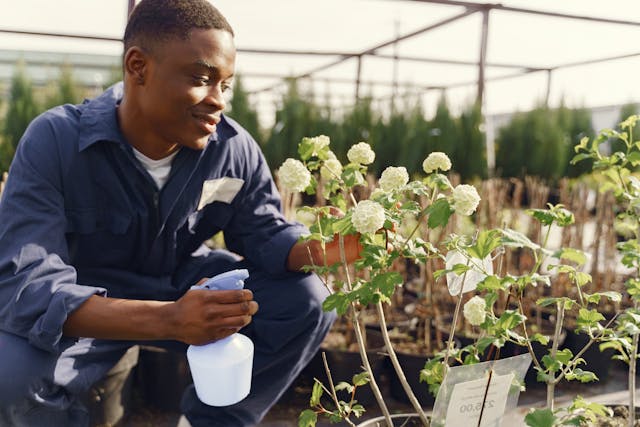
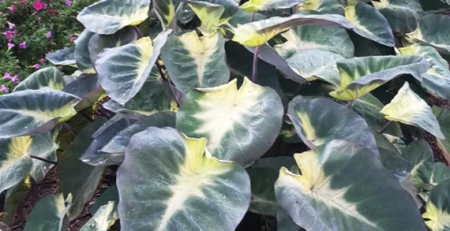
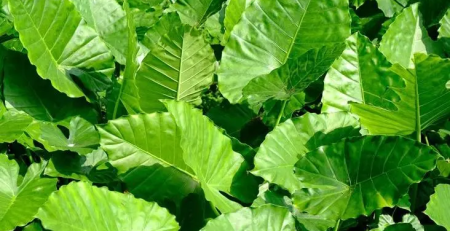
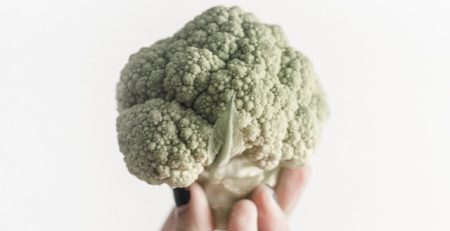
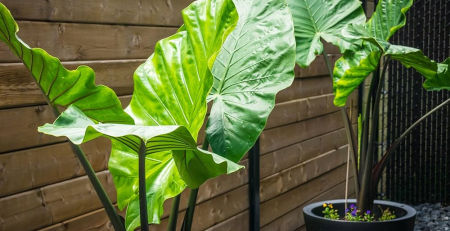
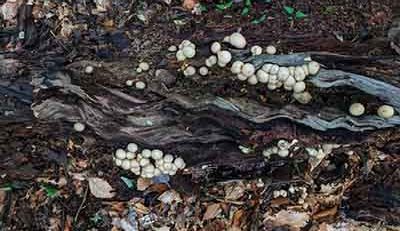
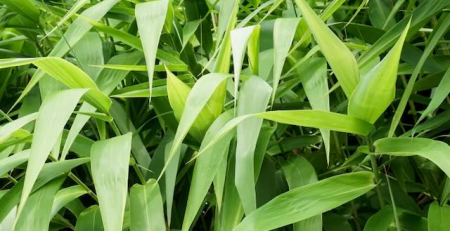
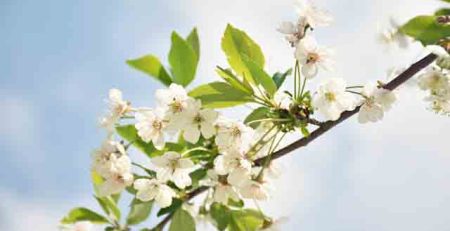
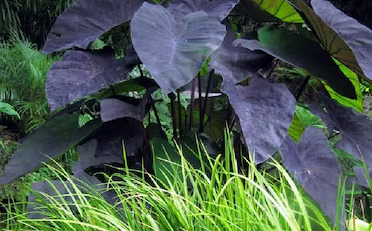
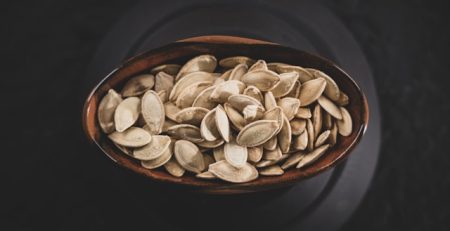
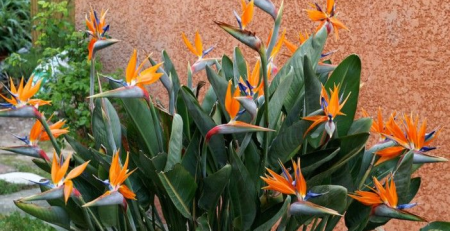
Leave a Reply